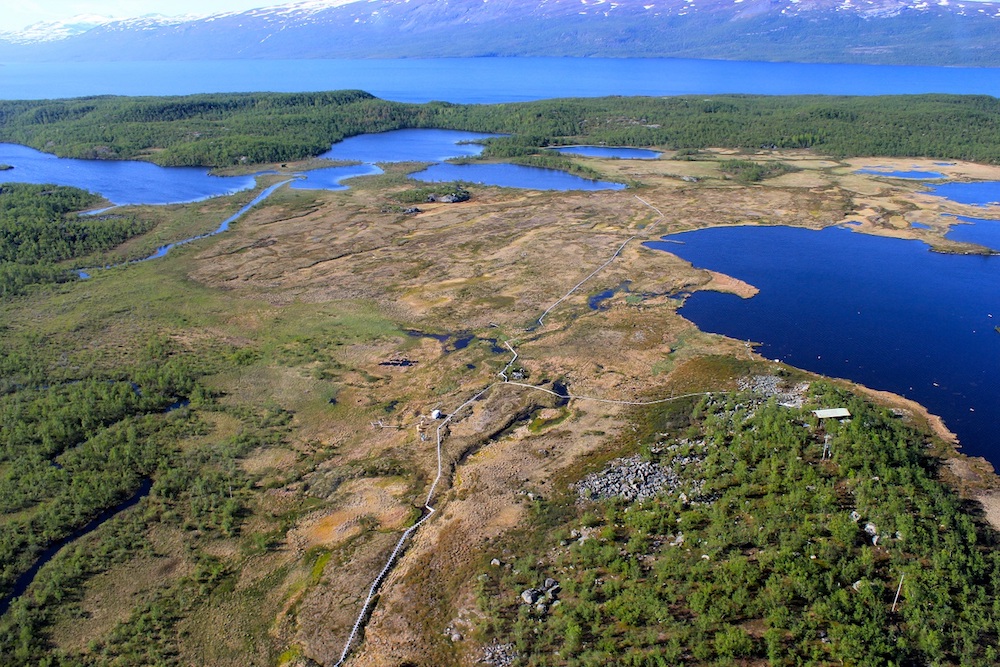This microbe survey could tell us just how dangerous permafrost thaw is — and how to fight it
A population survey of microbes in Sweden’s permafrost will help scientists understand how much greenhouse gas thawing will release. And might yield tools to mitigate it.

Scientists have long understood that permafrost is potential source of large amounts of methane, a powerful greenhouse gas that currently contributes to an estimated 25 percent of global warming. Most of that methane, however, comes from sources like agriculture and natural-gas production.
Permafrost underlies an estimated 20 percent of the Earth’s surface, and, if it all thawed, it could potentially release as much as a gigaton of methane, or the equivalent of 20 gigatons of carbon dioxide — more if measured according to its short-term impact. (By way of comparison, the Paris climate agreement calls for world-wide emissions of greenhouse gasses to be cut by the equivalent of two gigatons of carbon dioxide.)
With the Arctic becoming warmer, understanding the process behind the release of methane from thawing permafrost, then, has become an important goal for climate scientists.
[How climate change could make the threat a tiny pathogen poses to northern Canada a lot worse]
Microbes — which are afforded improved living conditions in the warmer, wetter climate now being seen in the Arctic — are known to drive force the release of methane in thawed permafrost by breaking down the once-frozen organic matter. But the process of how this occurred has not been fully understood. In part this is because scientists have lacked a full overview of which microbes were present.
Now, thanks to the results of research conducted in northern Sweden — the findings of which have been published in three journals: Nature, Nature Microbiology, and the ISME Journal — scientists believe they are about to get a handle on the process.
The team of researchers, led by the Ohio State University, says it has identified more than 1,500 different types of microbes in Swedish permafrost — 100 times more than were previously known. The survey also turned up the DNA of nearly 2,000 different types of viruses, where previously none had been identified. Taken together, the two are expected to give an accurate picture of the composition of micro-organism populations in permafrost.
[Vanishing permafrost triggers race to save the past before it’s too late]
Knowing which microbes are present gives scientists the chance to determine how they produce methane and at what rate. An understanding of the microbes’ capabilities, in turn, makes it possible to come up with better methods to predict future permafrost thaw and how the methane released in the process contributes to the changes caused by a warming climate on a global scale.
The survey is also expected to turn up the presence of microbes that can convert methane into harmless substances. If this is the case, scientists believe it may be possible to devise ways to promote their growth.